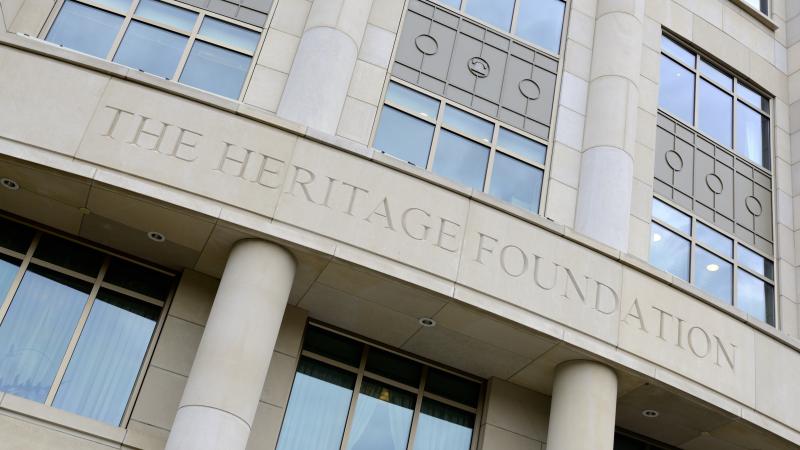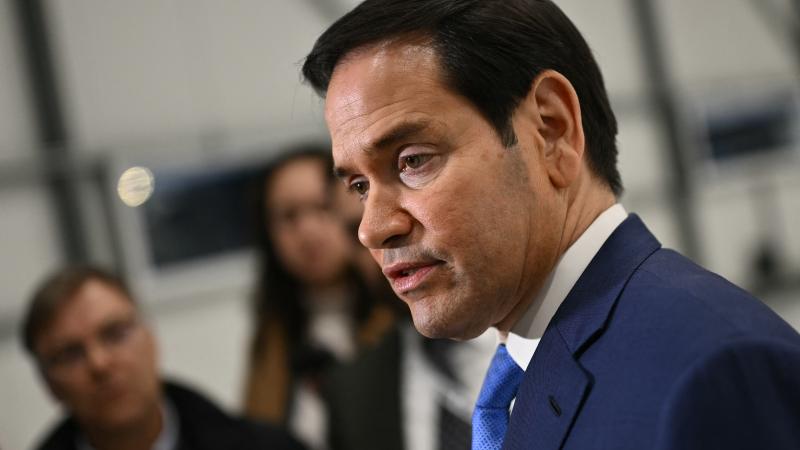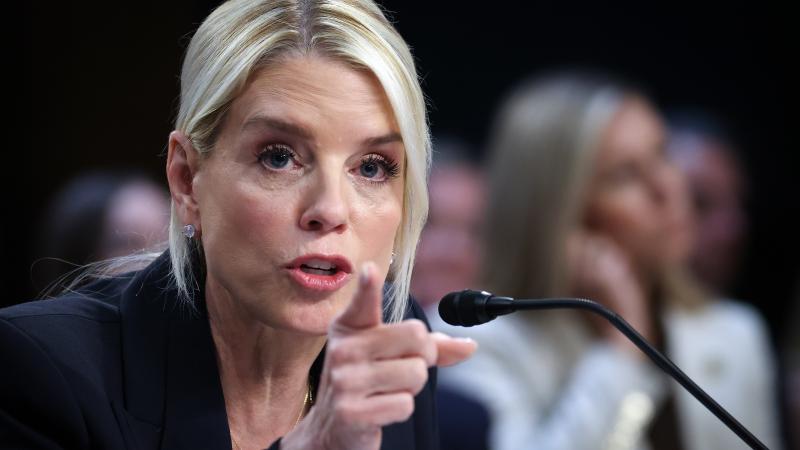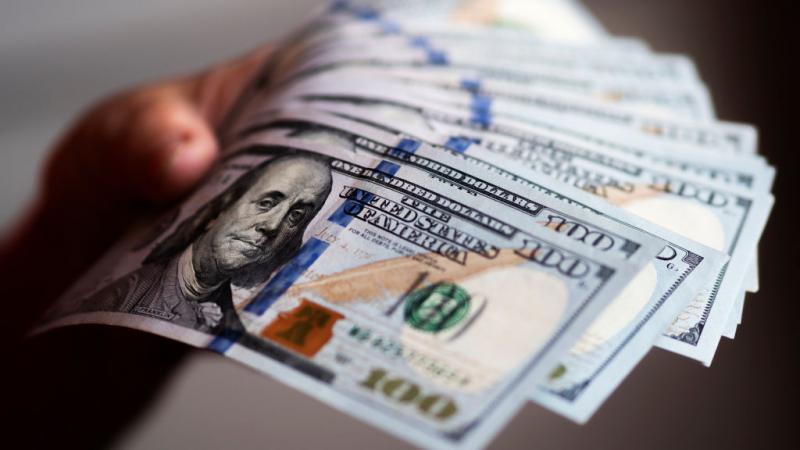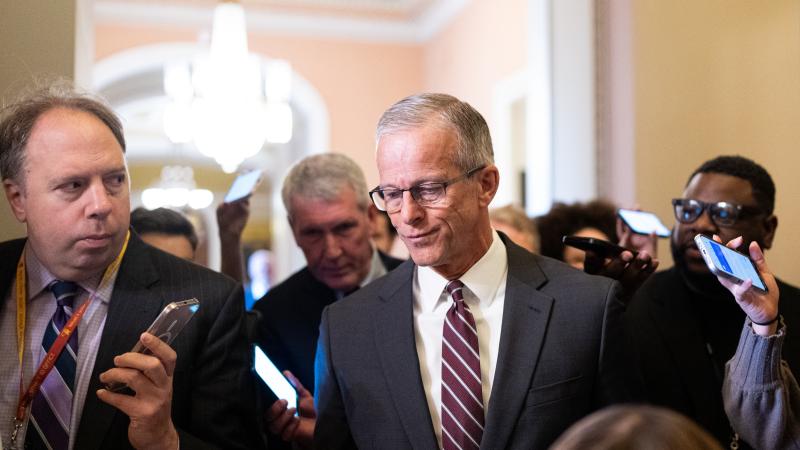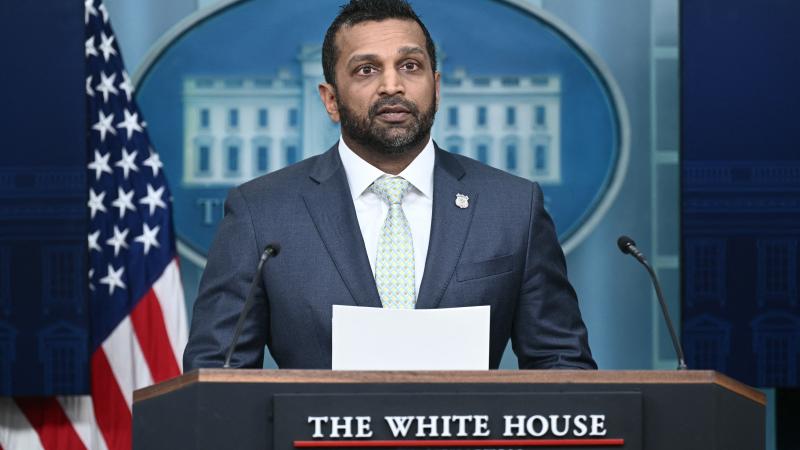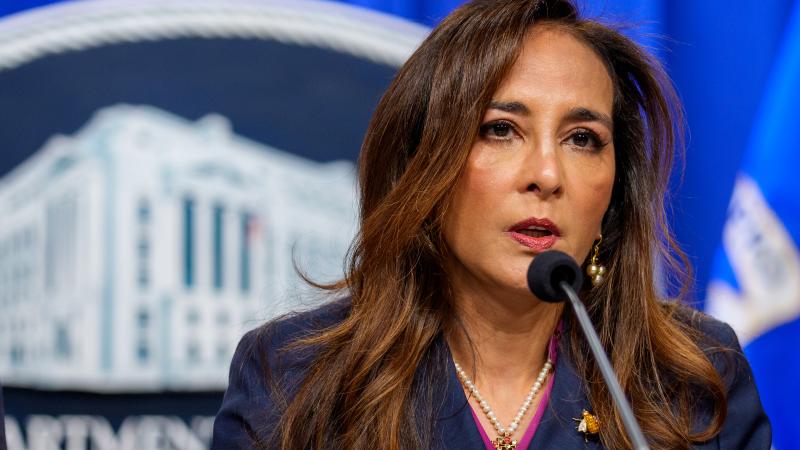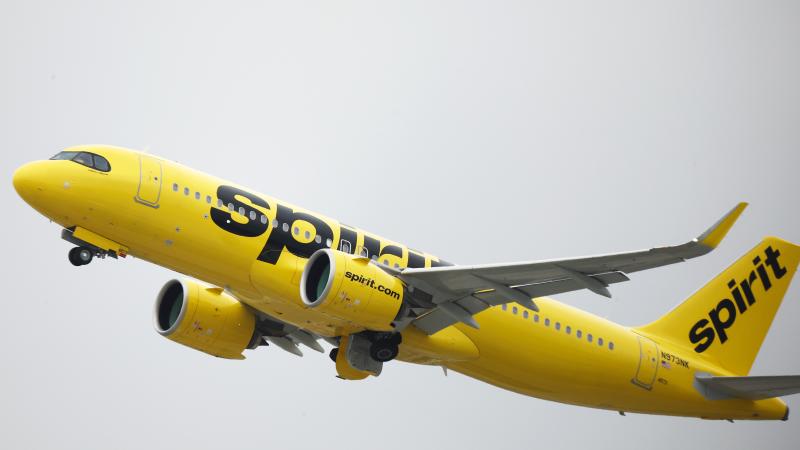Analysis shows new COVID relief deal has state and local aid, despite Cuomo's claim they got 'nada'
“Congress is right to deny an additional bailout” – Adam Michel, senior policy analyst for foundation’s Grover M. Hermann Center.
A recent analysis of federal assistance during the coronavirus pandemic shows Congress has provided billions of dollars in direct state and local aid, despite claims by Democrat lawmakers that Washington is failing to help them cover budget deficits resulting from the virus.
The analysis by the conservative think tank Heritage Foundation found the federal response to the COVID-19 pandemic – prior to the passage Monday of the $900 billion relief package – has already included $360 billion for state and local governments, in addition to the nearly $800 billion provided to them in the fiscal 2020 budget.
In addition, the new package could send an additional $100 billion or more to states to support education systems, vaccine distribution, and subsidies for mass transit, the analysis found.
Still, New York Gov. Andrew Cuomo and other state and local Democrats insist they were stiffed in the new measure.
“The National Governors Association sent a letter to Congress asking for $500 billion in state and local assistance. Do you know what we got in this bill? Zero, nada,” Cuomo said before Monday’s final House and Senate votes.
The Heritage Foundation also found that reported state revenue shortfalls appear exaggerated.
The foundation's analysis found that in the most recent data released by the Census Bureau through the end of September, state and local combined revenues increased by $20 billion, compared with the same 12-month period in 2019.
Meanwhile, state-only revenues over the same period declined by $24 billion, or about 2.2%, because they tend to rely on more volatile taxes, such as corporate and personal income taxes, not property taxes.
“Congress is right to deny an additional bailout,” says Adam N. Michel, a senior policy analyst for the foundation’s Grover M. Hermann Center, which focuses on federal fiscal policy.
“Apart from the fact that it isn’t the federal government’s responsibility to cover state and local revenue shortfalls, most states don’t need the aid," Michel also said. "According to the most recent data, state and local combined revenues are close to unchanged compared with last year. The pandemic makes estimating and comparing revenues across years challenging, but any way you look at the most recent data, revenues are performing much better than most predictions.”


